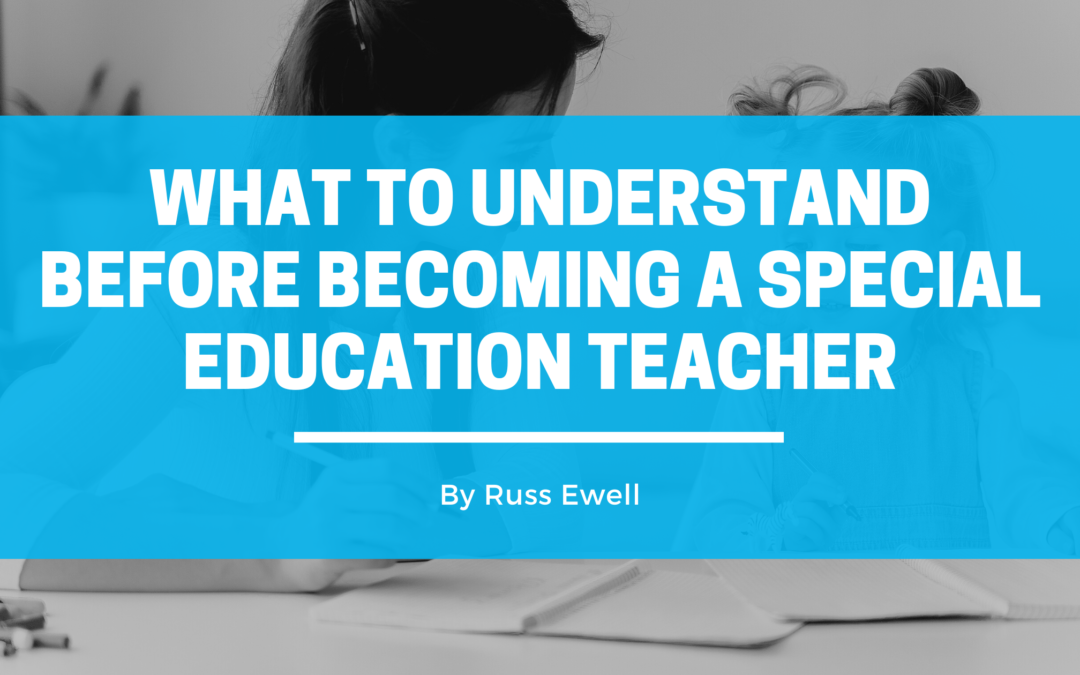As a teacher, you want to make sure that your students are getting the best education possible. But to do this, you need to understand what it takes to become a special education teacher. There is more than meets the eye when it comes to teaching these kids and understanding their needs. This blog post will discuss 5 things that teachers need to know before becoming a special education teacher.
- Different types of Special Education
Depending on your state, you may teach kids with different needs and skillsets. In Massachusetts, kids who are deaf, have autism spectrum disorder (ASD), intellectual disabilities (ID), and other health impairments are all in special education classrooms. The nice thing about this is that you get to know what these kids need academically and neurologically through content knowledge and experience.
- Separate Standards
Special education teachers are held to different standards than other teachers. You may not be judged by how many of your kids pass the PARCC or MCAS, but instead, how many of your kids make “mastery” of the standards. This is done by evaluating students on their individualized education program (IEP) goals and objectives that they are working towards.
- Different Time Lines
As a special education teacher, you may have different timelines to complete specific tasks. For example, a student with autism may not understand the concept of a timed test and thus may take much longer to complete one. We also work with students on goals/objectives that are taking place over an entire school year, summer vacation included.
- Different Curriculum
You may think that you will be teaching fractions and decimals as a special education teacher, however, this is not the case. Some kids with ASD do learn through the use of pictures and symbols, which is where fractions and decimals come in. Other kids need to learn the basics, such as reading and writing.
- Different Responsibilities
As a special education teacher, you may have different responsibilities than other teachers when it comes to your students. This includes meeting with parents, paraprofessionals, and administrators to discuss specific concerns and progress; designing and planning lessons for each student following the IEP goals and objectives; implementing differentiated instruction to meet student needs, which may include different accommodations or modifications during assessments.

